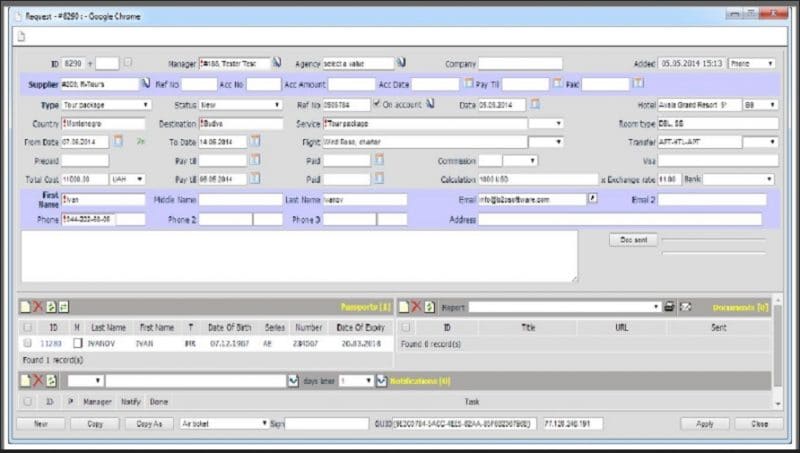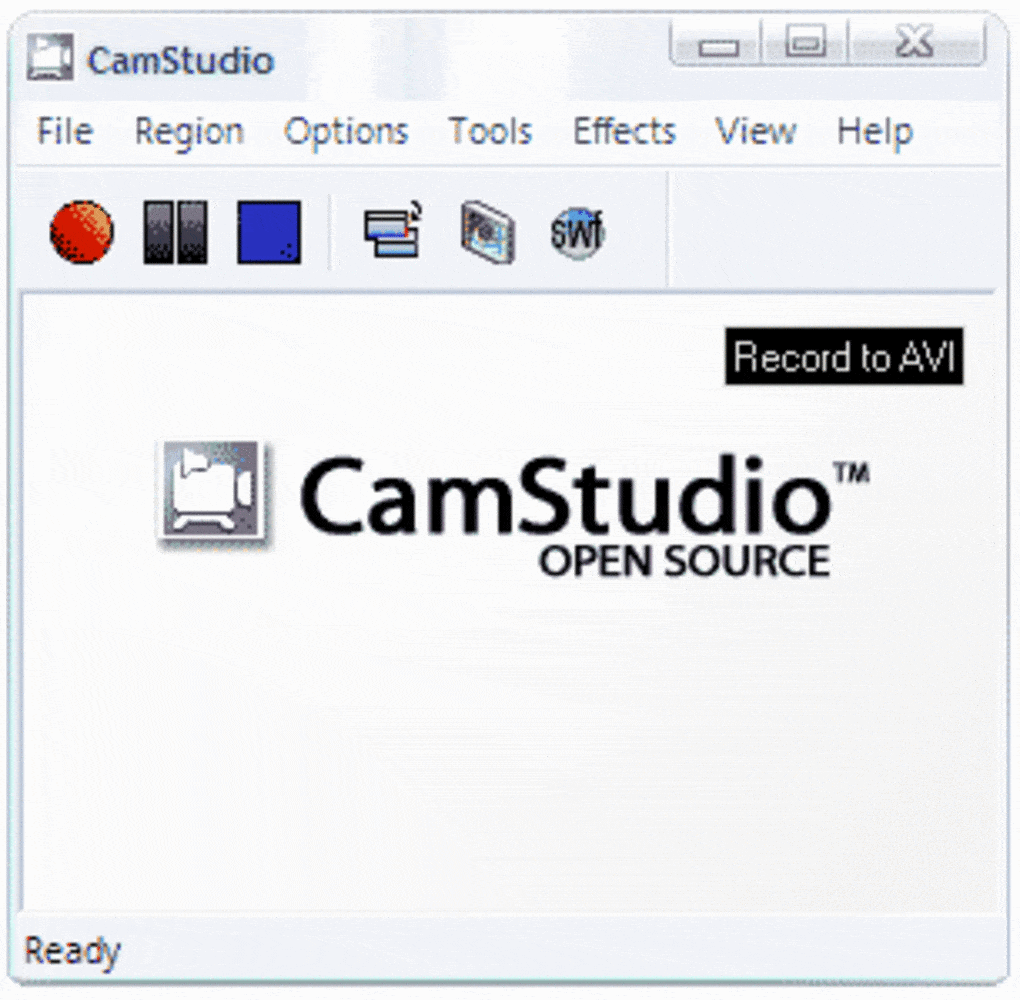Platform for Live Teaching Online – Do you know How to use platforms for live teaching online? There is a huge growth in demand for free class and how to learn platform for live teaching because it has been proved that students who attend free classes have higher chances of getting jobs. So, many educational companies are offering free classes to students which are beneficial for both students and companies. There are also many online platforms and applications where you can do live teaching. Here we will tell you about the best online platforms and applications available with the details.
You’re here because you want to teach online? You’re here because you want to learn about the platform for live teaching online. Or perhaps you are looking for the best online platforms for teaching? This article will guide you about the top online platform for teaching those who want to teach online and make money online by teaching.
Kaltura
Platform Overview:
Kaltura is a powerful online live class platform geared towards large institutions. Kaltura’s platform powers live and on-demand learning experiences through its cloud-based video services for education.
This online teaching platform uses an open-source structure, which means that you can integrate quite a few different programs and totally customize your eLearning, or eTeaching, experience.
Key Features:
Kaltura’s security features include DRM, encryption, and access control tools. They also offer a wide variety of monetization tools. The service is also fully white-label, and an API is available for programmatic interactions.
Detailed Features:
- Security features (password protection, encryption, and watermarking)
- Cloud TV service
- Closed captioning available for accessibility
- Monetization options include advertising, subscriptions, and one-time transactions
- Video looping available
- Allows bulk video uploading
Upload Guidelines and Specs:
- Recommended dimensions: 180p (320×180) to 1080p (1920×1080)
- Supported aspect ratios: 16:9, 4:3
- Maximum file size: 2 GB
- Maximum video length: Unknown (No limits are published)
- Total file storage: 10 GB to unlimited, depending on the plan
- Accepted video formats: MOV, MP4
Pricing:
Pricing for Kaltura is not available on their website. Users negotiate contracts on a case-by-case basis. In general, these range from $500 to $1000 and up per month
Zoom

You might know Zoom from business meetings but did you know that it also works great for online teaching?
There are two ways of using Zoom; Meetings and Webinars. The most suited for interactive online teaching is Zoom Meetings, while Zoom Webinars is better for lectures. Teachers can choose with which to work at any given time.

Zoom Meetings have practical features that make online teaching easier, such as breakout rooms. These help teachers separate the students into groups, much like you would do in a normal classroom setting.
Each group can communicate with each other and the teacher can be notified to come in and help if needed. Since Zoom became so popular for distance learning, many other online teaching tools have incorporated seamless integrations.
Google Classroom

Google Classroom is the low-key most versatile online teaching tool available.
This Learning Management System (LMS) is part of G Suite, which means teachers can use Google apps to create lessons, quizzes and documents all inside Google Classroom.
To use the Google Classroom app, you’ll need a G Suite for Education account. Many schools and teachers transitioned to this LMS when schools were closed due to the pandemic.
For anyone using Google products regularly, Google Classroom is easy to tackle. Inside the app, educators offer the content for the lessons, quizzes, assessments, and tests. They can also communicate with the students and parents via message boards or email.
The best thing about Google Classroom is that you can create all the content for your classes with the software of your choice. For example, you can simply use Google apps to prepare lesson materials or import any visual created with Visme.
In 2020, Google Classroom is easier to integrate with Google Meet, the new version of Google Hangouts. This has made it even easier to conduct an online class.
Panopto

Platform Overview:
A leading video platform for education, Panopto is an online lecture platform that was designed to serve universities and other large institutions. Their solutions include dedicated software for lecture capture and video search.
Key Features:
With a focus on online education, it provides tools similar to YouTube and integrates with Learning Management Systems. Overall, Panopto is a more focused online video organization than the other best live streaming solutions considered here.
However, the Panopto platform doesn’t include video monetization. Security features include the ability to make live streaming and event content private. Additionally, users can integrate with existing authentication systems. All plans are white-label, and API is available.
Detailed Features:
- Lecture-capture and video-search software
- Access control & security features
- White-label streaming
- Integration with LMS systems
- APIs for further integrations.
- Audio Content
- Analytics
- Document Indexing
- Customizable Branding
- Full-Text Search
- Video Content
- Asset Categorization
Upload Guidelines and Specs:
- Compatible video formats: AVI, MP4, MPG, WMV, MOV, QT, ASF, 3GP, WMA, MP3, M4V
- All other upload guidelines and specs are only available to paying customers.
Pricing:
Panopto recently simplified its pricing packages and includes the following three options:
- Basic: Free
- Pro: $14.99/month
- Enterprise: Please contact Panopto for custom pricing.
For educators, pricing depends on full-time equivalent student pricing. Plans are available starting at 500 users.
Muvi

Platform Overview:
The next of the online live class platforms we’ll take a look at here is Muvi. Muvi’s e-learning video portal has a wide range of features to live stream classes.
This platform supports video monetization via all three major methods: subscriptions, pay-per-view, and ads. Muvi also includes access to this API and white-label video players. They also provide VOD and audio streaming. It’s fully managed and all controlled from a single CMS.
Key Features:
With Muvi, you can create a multi-screen platform relatively quickly. Their video streaming solution comes with a plethora of functionalities and capabilities. They also provide VOD and audio streaming. It’s fully managed and all controlled from a single CMS.
Detailed Features:
- White-label with branding customization
- HTML5 video player
- Video analytics
- Monetization tools
- DRM and security features
- Live and on-demand hosting
- Powerful CDN
- Video CMS
- Transcoding
- Secure streaming
- Website and Apps for Mobile and TV
Upload Guidelines and Specs:
- Minimum dimension: 144p (256 x 144)
- Maximum dimension: 4K (3840 x2160)
- Aspect ratio: 16:9, 4:3
- Max file size: not available
- Max video length: not available
- Total file storage: 1TB, 2TB, 5TB (depending on plan)
- Compatible video formats: MP4, MOV, MKV, FLV, VOB, M4V, AVI, 3GP, MPG
Pricing:
Muvi prices its plans at the following five levels:
- Standard plan: $399/month (+ $299/month per app + infra fees), allows 2000 concurrent viewers, 1TB each of bandwidth and storage, and API support.
- Professional plan: at $1,499 per month (+ $499/month per app + infra fees) increases limits further and adds premium support.
- Enterprise plan: $3,900 per month (+ $499/month per app + infra fees) adds a dedicated server with auto-scaling.
- Ultimate plan: $8,900/month (+ $499/month per app + infra fees) doubles the bandwidth and storage of the enterprise plan and adds your own CDN and unlimited API calls.
- Black plan: this is a custom solution and includes everything in the Ultimate plan plus premium services and project management.
Powtoon – Animated Presentations
With PowToon, you can create animated presentations and videos. Using animated presentations in the classroom allows teachers and students to engage, explain and tell a story with impact.
Powtoon has ready-made templates designed to start creating animations by just dragging and dropping the ones you like. It also provides you the opportunity to customize the templates and design your own with images, music, and voice-overs.
The drawback in using Powtoon is that you have to upgrade to use all of the templates, and backgrounds. With the free version you have access to basic features and it comes with a watermark.

Animoto – Slideshow Videos
With Animoto, you can turn photos and video clips into videos and slideshows. You can choose from ready-made video styles then add music, text and convert them into videos.
Teachers use Animoto to create ads for school fundraisers, event recaps, social media posts, newsletters, and announcements. In class, students can create photo essays, book reports, student portfolios, or other projects.
The downside is you can’t share or download the videos you created unless you upgrade. And the sad part is, it’s pricey.
Flixtime – Product-quality Videos
Flixtime is a free site where users can create custom, production-quality videos with images, videos, and text. With Flixtime, you can create, share and download a 60-second video for free.
Flixtime uses AudioMicro to provide users with a selection of award-winning tracks, sound effects, and stock music. All Flixtime video productions can be used for both personal or independent commercial use.
Webineria
Webineria is a downloadable screencast tool with which you can capture your screen activity and do “picture-in-picture” video by adding your webcam as well.
You can upload your videos to the web in Flash format for free. You can alter the screen capture area from your active window to a customized area, and you can also adjust the recording quality, edit the audio and webcam properties.
Convert from an AVI file to FLV using the latest compression technology, and upload to the Flash player. You can host all your videos for free and receive ratings, comments and generate leads for your website screencast or presentation.
Your videos are saved in the tool and you can only share via emails or you can directly embed them on your school or personal website.

CamStudio
CamStudio is a downloadable software that lets you record your screen along with audio. Videos created with CamStudio produce AVI or SWF format outputs.
You can use annotation features like adding text, inserting callouts and even cursor options like default, hidden or highlight while recording your screen.
You can convert AVI files into Flash. And CamStudio comes with its own lossless codec that produces crystal clear results with a much smaller file size compared with some popular codecs, like Microsoft Video 1.
The downside of this tool is that there are no video editing capabilities. You can only record your screen and share it with your students. There are few video options like control compression, frame rates, quality and time lapse, but it’s too technical to use it.

With video tools like these teachers can bring education to life, either by creating their own content to make the classroom and curriculum more vivid and engaging, or by encouraging students to unleash their own creativity.
Conclusion:
Online learning platforms are the new frontier for education. Already, it is estimated that more than a million people have learned something online and over 40% of those learners are freelancers. If you want to be a part of this trend or even start your own online education business, live online education platforms are where it’s at.
